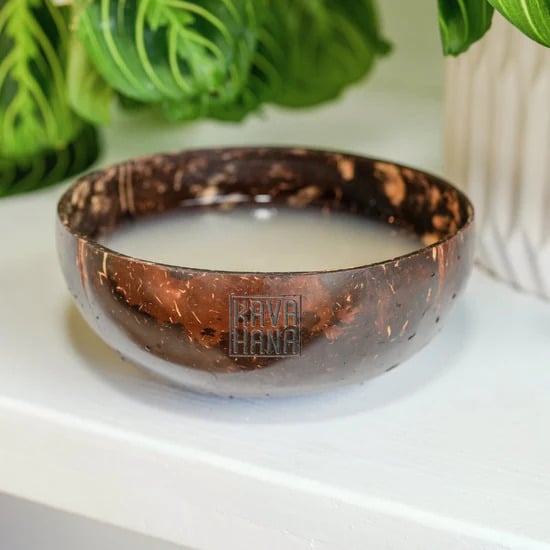Kava has a long history and rich tradition that goes back more than 3000 years. Known to have been discovered on the island of Vanuatu in the middle of the Pacific Ocean, kava is one of the most coveted and rich traditions in pacific islander culture. In ancient times, kava was used for medical treatments for pain, relaxing muscles, calming nerves, reducing anxiety, and helping with sleep disorders. In island cultures, kava is a critical aspect of various ceremonies and rituals that honor chiefs, guests, and other community members.
Ceremonial uses
There are three ceremonies where kava was used most.
- Welcoming ceremonies: These ceremonies welcome highly honored guests who come to visit the community. These could include visiting heads of state, presidents, prime ministers, monarchs, and chiefs from neighboring countries and communities. They involve a long, rich tradition of ceremonial attire, presenting the kava root, preparing the kava drink, and straining it ceremoniously into a cup for the visitor to drink.
- Village ceremonies: This is arguably the most important activity in all pacific islander community events, such as council meetings, agreements between communities, weddings, new births, and welcoming a new chief. It is less formal than the welcoming ceremony. However, it still involves a strict protocol and rich tradition involving kava being presented by the event host and then, once prepared, served in order, starting with the chief of the highest traditional standing.
- Informal ceremonies: These ceremonies follow no strict tradition or procedures but depend on the occasion and wishes of the group involved. However, the sacred nature of the beverage requires some aspects to remain important. For instance, preparing and pouring kava should always be done with respect and mindfulness to honor its cultural roots.
The ceremonies involve preparing the kava root, presenting the finished brew, and drinking it together. Even the cup it’s drunk out of has special significance. It was a very important part of Pacific Island culture and still is to this day.
Medicinal uses
Throughout many island cultures, kava has been revered for its medicinal benefits. In traditional island medicine, it’s been used for a wide range of health conditions, including:
- Soothing nerves and promoting relaxation
- Help with falling asleep
- Supporting asthma
- Lowering inflammation and pain in the joints, muscles and connective tissue
- Blockages in the urinary tract, like kidney stones
- Despite the root being the main use of the plant, Hawaiians used the leaf crushed into a poultice for headaches and to break a fever
- Reducing weight by acting as a stomach tonic and diuretic
While none of these specific claims have been researched in depth, there is a long anecdotal history of these medicinal benefits in the Pacific Islands. Current research is starting to explore how kava can support anxiety and sleep disorders, among other things.
The rich tradition of kava has remained strong in the region and even started to spread to other countries worldwide. Today, kava is emerging as an alternative to drinking alcohol and coffee due to its relaxing and mood-boosting effects. While it may be consumed slightly differently, the tradition and culture behind this powerful plant remain the same. You just need to take a sip to feel it.
* Please note that the majority of kava research pertains to kava extracts, which often undergo significant processing and may contain additional ingredients and fillers that can influence their efficacy. It is crucial to consider this distinction when reading about kava studies. To draw an analogy, enjoying natural kava as a beverage can be likened to experiencing a freshly brewed cappuccino, whereas kava extracts are akin in functionality to a caffeine pill. Both forms have their unique benefits and can cater to different preferences and needs. While it’s helpful to understand research on kava extracts, please view it critically and remember that natural kava offers a uniquely holistic experience.


